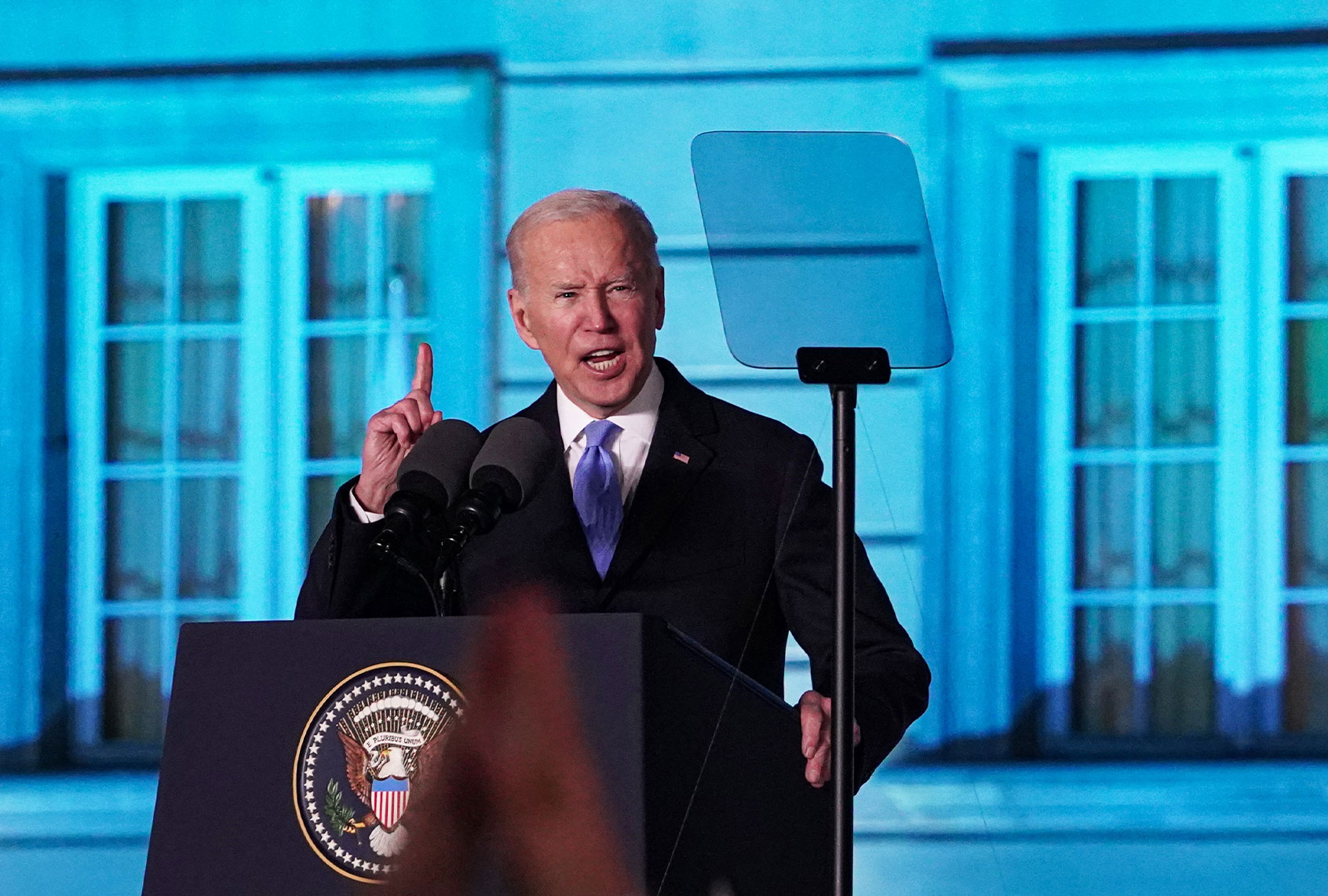

Nuclear time clock during cuban missle crisis driver#
Its assessment paints the United States as the primary driver of destabilization, while ignoring-and in some cases, even opposing-U.S. Now the group counts former California Gov. The Bulletin used to be composed of a balanced group of distinguished nuclear scientists such as Albert Einstein and J. Instead, the clock is being propelled inexorably forward by the Bulletin’s overwhelmingly liberal interpretation of world events. Yet how, one could reasonably ask, could the world be more dangerous than it was during the height of the Cold War, even during the Cuban Missile Crisis of October 1962?īased on any objective view of world events, the Doomsday Clock should be moving backward or at least staying the same.

The United States and the United Kingdom supported mandatory OSIs as a way to clarify ambiguous seismic activity, while the Soviet Union believed voluntary OSIs could serve as confidence-building measures between parties.The Bulletin of Atomic Scientists recently moved its Doomsday Clock to just two minutes until midnight-the closest the clock has come to the destruction of the world since the United States and Soviet Union tested thermonuclear bombs in 1953. However, disagreement arose over the voluntary or mandatory nature of the OSI. The report also advised that a mechanism of On-Site Inspections (OSI) would be the most effective way to resolve issues of ambiguity with the network. The final report concluded that a network of 160-170 land-based posts, together with an additional 10 sea-based posts outfitted with nuclear detection technologies, would be necessary to detect atmospheric and underwater nuclear tests having a yield greater than one kiloton, and underground nuclear tests with yields greater than five kilotons. In 1958, the United Nations organized a meeting of scientific experts from Canada, France, Poland, Romania, the Soviet Union, the United Kingdom and the United States to analyze the problems associated with nuclear test ban verification. After discovering traces of radioactive isotopes in children’s teeth in the United States and Europe, doctors and dentists together with scientists used their technical and scientific expertise in lobbying against nuclear testing. In the West, some of the more influential groups were the US Women’s Strike for Peace, the US Committee for a SANE Nuclear Policy, the international Pugwash Conference of Scientists and the British Campaign for Nuclear Disarmament. New groups formed out of the peace movement devoted to addressing nuclear weapons and testing. Soviet Ambassador Valerian Zorin noted that governments and public organizations considered nuclear testing a “burning public issue.” Although, when the United Kingdom conducted its first hydrogen bomb test in 1957, nuclear testing had received considerable public attention. However, these groups, including the Nobel-prize-winning Women’s International League for Peace and Freedom (WILPF), the Religious Society of Friends and the Fellowship of Reconciliation, were unable to gain much traction in the mainstream. Well-established peace-oriented organizations were highly active in protesting against nuclear weapons after the bombing of Hiroshima and Nagasaki in 1945.


 0 kommentar(er)
0 kommentar(er)
